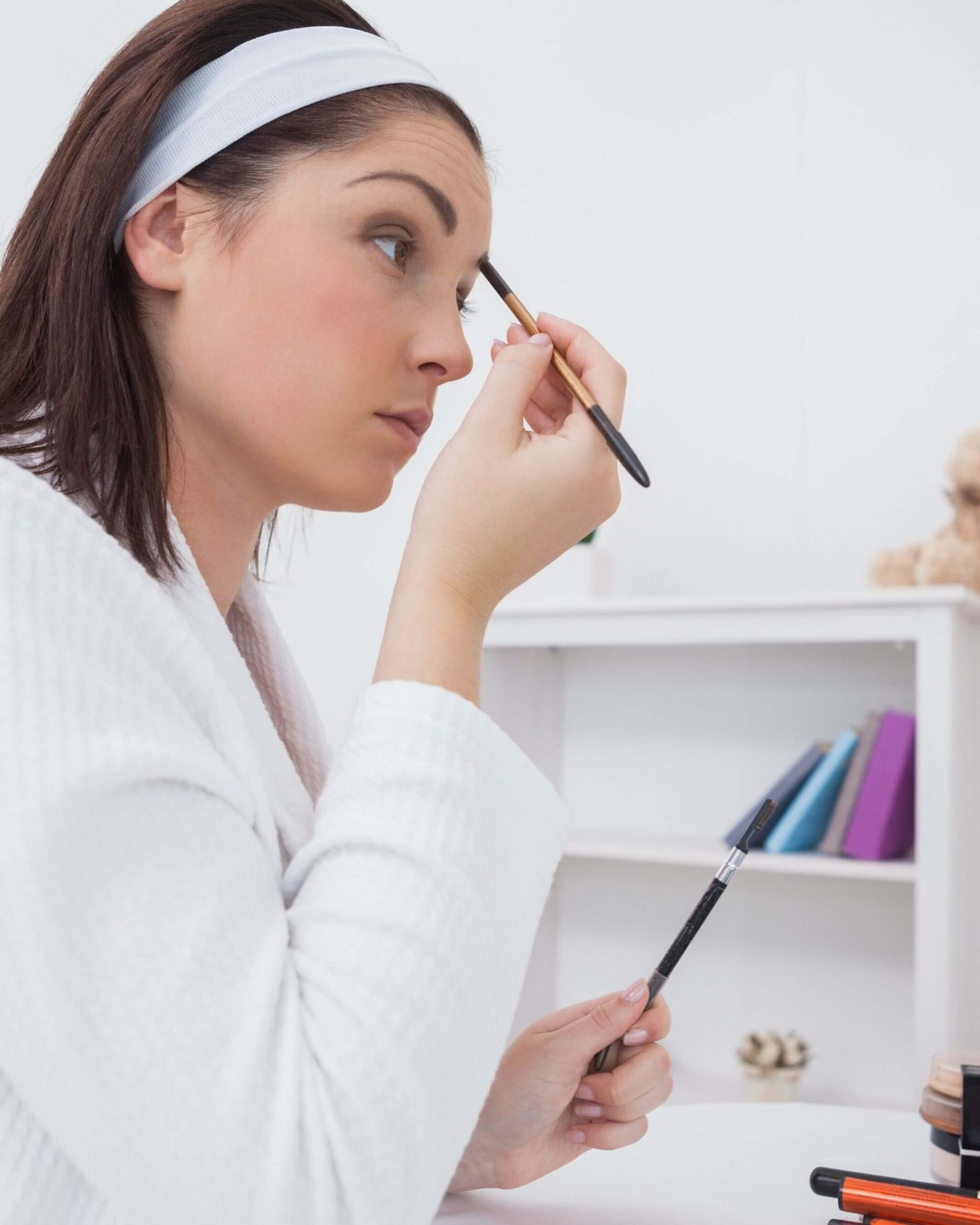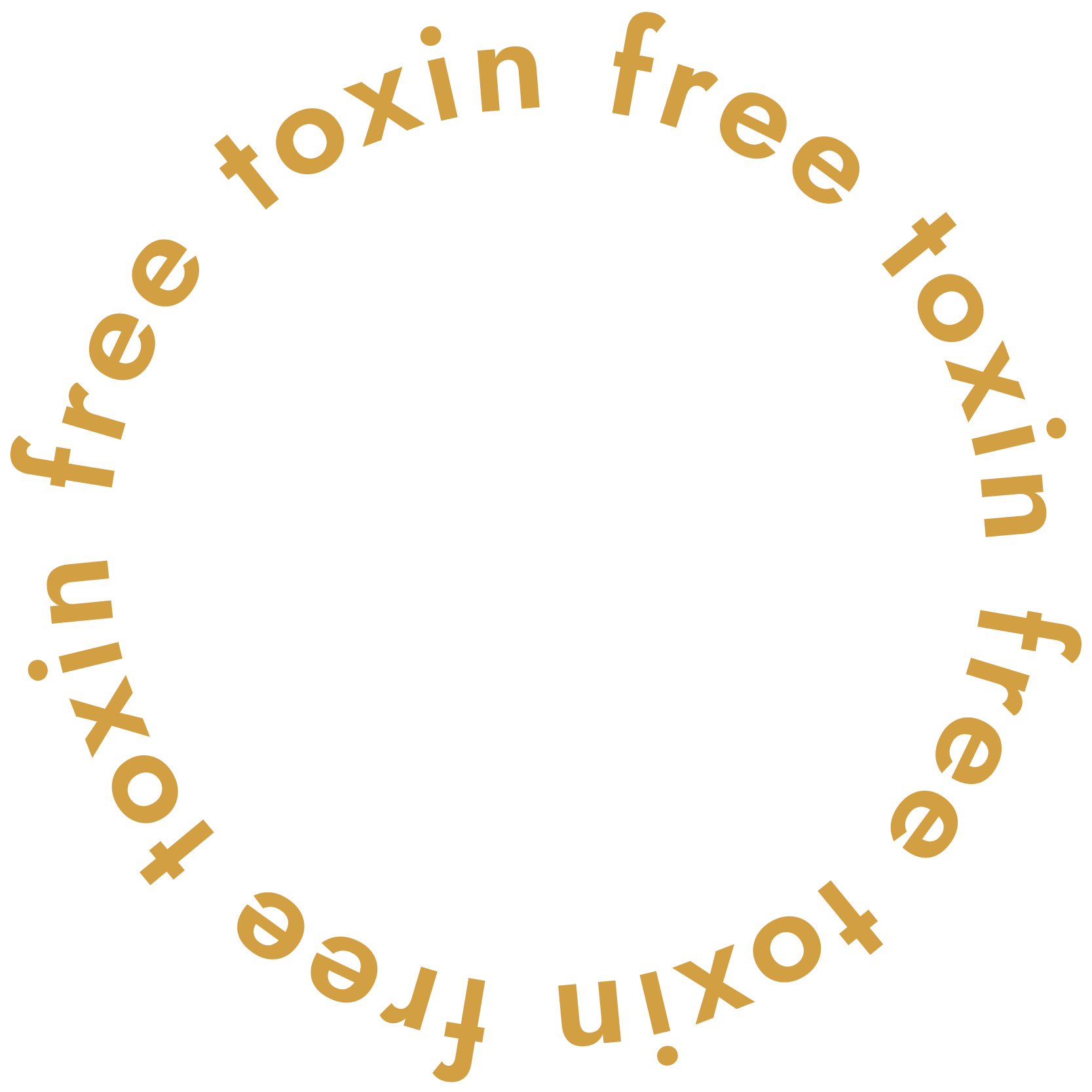Apple Podcasts | Spotify
Should you use titanium dioxide-free makeup? It’s not a simple yes or no answer. I’ve actually been consulting directly with formulators of cosmetic brands lately and titanium dioxide is a hot topic.
Today, I’ll be explaining the science behind the risks of titanium dioxide, differentiate between nano and non-nano forms, and outline when and where the ingredient may be safe or unsafe. It depends on the product you’re using.
So don’t jump to throw away your favorite products just because you see titanium dioxide on the ingredient list! After listening to this episode, you’ll be empowered to make more informed decisions at the checkout counter. One thing that’s less nuanced than your cosmetics: always avoid titanium dioxide in food! You definitely don’t want to be ingesting this stuff!
In this episode, we’re chatting about:
- Why I’m consulting with brands on product formulation
- Safety concerns and risks of Titanium Dioxide
- When is Titanium Dioxide safe?
- Controversial uses of Titanium Dioxide
What Is Titanium Dioxide?
Today’s episode is inspired by a conversation with a brand formulator about titanium dioxide in cosmetics. Maybe you have heard titanium dioxide is bad, like the whole Skittles controversy. California tried to ban it and the European Union is going to ban it. Maybe you are seeing titanium dioxide in things like sunscreen, foundation, cosmetics, or even things in my toxin-free shopping guide. You’re probably confused about if it’s safe or toxic.
Titanium dioxide is a naturally occurring mineral. It’s used to pigment things white and bright or shiny, so you’ll see it in paint, cosmetics, sunscreen, and foods like ice cream and yogurt to make them look brighter. You’ll also find it in candy because it creates a glossy sheen, like Skittles. Tampons are the other place you’ll see titanium dioxide.
When is it NOT Safe?
You find titanium dioxide in a variety of products, foods, and cosmetics. The question is when is it safe and when is it not? As much as I would love that to be a black-and-white answer, it’s not.
The European Food Safety Authority recently classified titanium dioxide as unsafe for use in food. They pointed to studies that have raised concerns about its potential for DNA damage, inflammation, and other long-term health effects, especially when it’s consumed. When it comes to food and ingestion, there is a clear risk. This is one area where I don’t mess around. I don’t eat anything with titanium dioxide in it.
We also have science that shows there is an inhalation risk. Let’s use a spray aerosol sunscreen as an example. If you have an aerosol sunscreen that contains titanium dioxide, it can lead to inhalation of those particles. It can lead to respiratory issues and even cancer. I absolutely avoid anything that has titanium dioxide in it. That respiratory inhalation risk is just too much.
The third category of when I avoid titanium dioxide is tampons. Anything that goes into your vaginal lining is highly absorbent. While we don’t have good studies on the long-term impacts of titanium dioxide in tampons, it’s kind of a common sense issue. If I shouldn’t be ingesting or inhaling it, I probably shouldn’t be putting it somewhere it will be absorbed. I avoid it in tampons. Episode 78 talks all about the issues with ingredients in tampons.
When is it Safe?
Cream sunscreens have been studied by the FDA. They consider it safe because there isn’t any science that shows the adverse effects of it sitting on the surface of your skin. When it comes to sunscreen, titanium dioxide, in my opinion, is a safe choice for sunscreen. I would choose titanium dioxide and zinc oxide over any of the chemical UV sunscreens.
I don’t use titanium dioxide-free makeup if it’s pressed or in a cream form. It gives a shine to the product and makes cosmetics sit on your skin longer. It helps with longevity, especially when you’re talking about clean cosmetics. I think cream foundations, liquid foundations, and eyeshadows that are pressed in a palette are safe options.
The two places that I hear controversy are lipstick and powdered mineral foundation. It’s best to limit the amount of titanium dioxide in lipstick because you ingest it. You ingest more than you realize of what is on your lips. It’s hard to find clean lipstick without titanium dioxide. There are a handful of companies in my toxin-free shopping guide in the cosmetic section that are titanium dioxide-free.
A lot of powdered mineral foundations contain titanium dioxide. If it’s a fine powder and you put a brush in it, a puff of foundation that comes out that you might inhale. That inhalation is the same as an aerosol risk. This is more of a personal choice, in my opinion. There’s a risk, but it all depends on how you apply your foundation.
The Verdict on Titanium Dioxide-Free Makeup
As always, it’s not about being afraid of a single ingredient and avoiding everything completely. It’s about making informed choices based on how and where the ingredient is being used in your everyday life. There are definitely places to avoid titanium dioxide, but there are also times when it’s okay to use, in my opinion.
For a limited time only, doors are open to Toxin Free in 3! This is the last time I’ll be offering this course as one comprehensive package. So jump in before it’s too late!
If you enjoyed this week’s episode, please:
- Leave a positive review or rating wherever you listen
- Shop toxin-free products on my Toxin Free Shopping Guide
- Download your free 25 Toxins to Avoid
- Post a screenshot, share what you loved, and tag me on Instagram @wendy_toxinfreeish
- Want to ask me a question to get answered on the podcast? Leave me a voice message here.
Related Episodes:
Episode 39: What to Know About the 4 Food Additives Banned by California
Episode 60: Clean Beauty at Sephora: How Clean is it Really?
Episode 78: How to Choose Safe Menstrual Products and Avoid Heavy Metals in Tampons
Episode 85: The Label Reading Method You Can Use to Make Toxin-Free Shopping Simple


+ show Comments
- Hide Comments